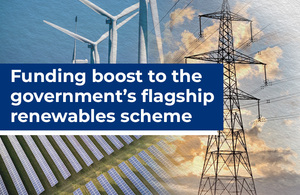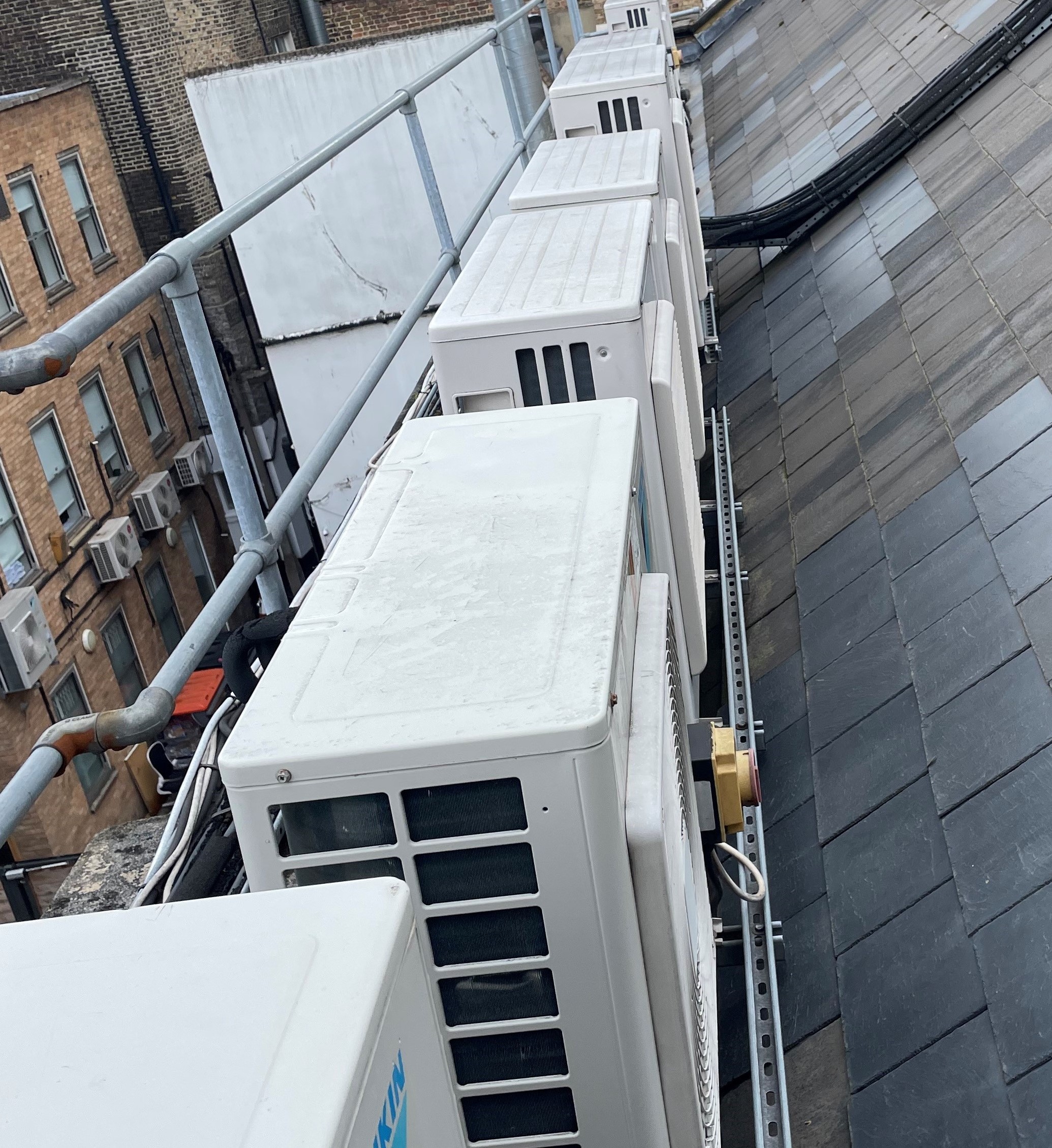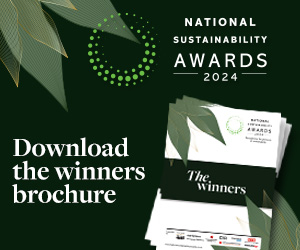The hottest June on record has led to a growth in air conditioners, ironically creating what the International Energy Agency’s (IEA) has warned is a vicious cycle of increased greenhouse gas emissions, and heat.
Data shows extreme heat drives higher air conditioner demand, with sustained average daily temperatures of 30C typically boosting weekly sales by around 16 per cent. Demand is rising fastest in emerging and developing economies where fewer households own air conditioners. In the US and Japan, more than 90 per cent of households have an air conditioner, while in Southeast Asia, only 15 per cent do. That number drops to 5 per cent in India and Africa.
But as the need for cooling is growing, greater usage of air conditioners is straining power systems around the world. As highlighted in the IEA Electricity Market Report, cooling represents around 10 per cent of global electricity demand. In hotter countries, it can drive a rise in electricity demand of more than 50 per cent in summer. In the hottest regions, the capacity of the grid needs to cover a doubling of electricity demand compared with milder months and cooling can account for over 70 per cent of electricity peak demand.
The more temperatures rise, the more people turn to their air conditioning. In Texas, for example, every 1C increase in the average daily temperature above 24C drives a rise of about 4 per cent in electricity demand.
Given the growing pressure on power grids during hotter periods of the year, operators need to adopt new methods to ease the strains. This can include allowing appliances and cooling equipment to adjust their energy consumption based on real-time electricity demand, helping to balance the grid during periods of peak demand while providing consumers with energy cost savings.
The IEA would like mandatory minimum energy performance standards (MEPS) and labels showing the energy efficiency of all appliances and equipment. In countries and regions with the longest-running programmes, such as the US and the EU MEPS and labels have helped more than halve the energy consumption of air conditioners.
Coupled with better insulated buildings and neighbourhoods and cities built with energy needs in mind, higher efficiency translates not only into lower running costs for air conditioning, but also results in less need for investment in new capacity for electricity systems.
Latest News
-
Retailer raises more than £16,000 for Down’s Syndrome group
-
Snacks firm staff to donate £75,000 to charities
-
Triodos Bank unveils climate change and nature strategy
-
Zurich hands grants to charities promoting diversity and inclusion
-
Global Law firm names Teenage Cancer Trust as UK charity partner
-
Virgin Media O2 donates 1,000 phones to children with diabetes
© 2019 Perspective Publishing Privacy & Cookies







Recent Stories